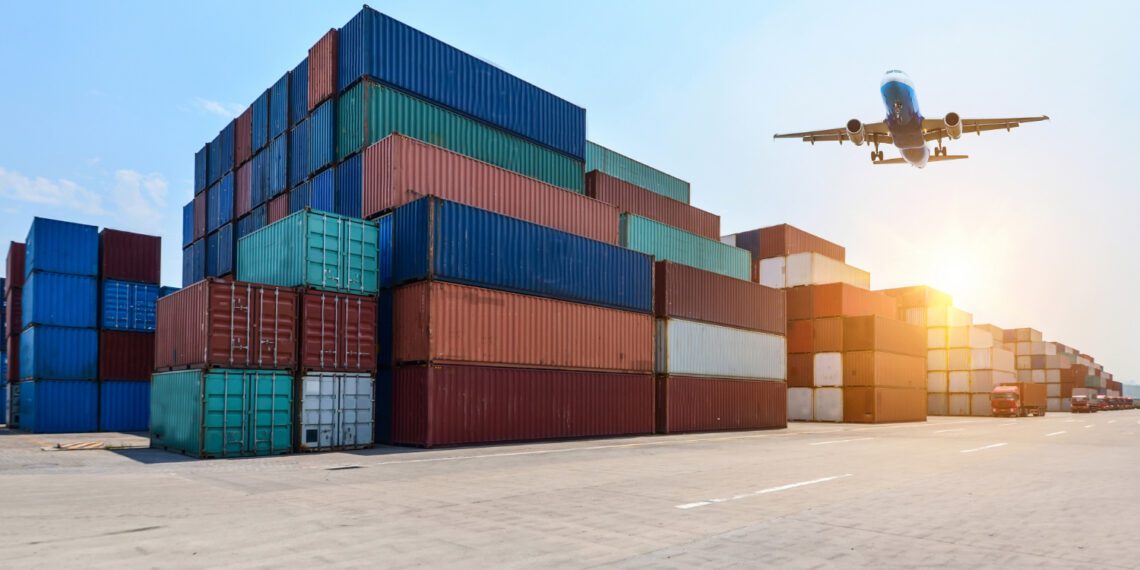In the business world, logistics solutions are key to maintaining high levels of customer service. This is especially important for companies with complex structures, fluctuating supply chains, or specific product lines. By implementing an effective logistics strategy, businesses can keep service levels high and remain responsive to changes. This article will explore some logistics strategies that businesses can use to maintain excellent customer service by borrowing a leaf from logistics solutions from Strader Ferris International.
Before describing some of the logistics strategies, it is important to understand what a logistics strategy is.
What Is A Logistics Strategy?
A logistics strategy is a process that businesses use to ensure that their products or services are delivered to customers efficiently and effectively. This process includes identifying the most efficient ways to transport goods, store them, and track them throughout the supply chain. By optimizing these processes, businesses can improve their customer service levels and bottom line.
An organization’s logistics strategy takes into account four different levels:
Strategic – This level focuses on an organization’s long-term plans for achieving its supply chain objectives.
Structural – The structural level deals with the physical layout of facilities like warehouses and how they are interconnected.
Functional – This level looks at individual processes like transportation and inventory management. Are these processes working together seamlessly?
Implementation – Finally, implementation is concerned with ensuring that the logistics strategy is executed effectively.
Now that we have a clear understanding of logistics strategy, let’s explore some of the strategies businesses can use to improve their customer service levels.
Logistic strategies can be classified into three categories:
Inbound Logistics
Inbound Logistics strategies deal with the efficient movement of goods such as raw materials into a company. This strategy includes managing the storage of the inbound goods. By optimizing this process, businesses can reduce operational costs.
For instance, if your organization deals with the manufacture of perishable goods, it is important to have a well-designed inbound logistics strategy in place. This will ensure that your products are received quickly and stored properly to prevent spoilage. So, you may need to factor in cold chain transportation and storage when designing your inbound logistics strategy.
On the other hand, a vehicle manufacturer will have to focus on designing and implementing an efficient just-in-time delivery system to ensure that components like windscreens and tires arrive at the assembly line on time.
These examples show that inbound logistics is more demanding than outbound because many components must come together for the manufacturing process to occur. While for outbound, the manufacturer only has to worry about delivering a single finished product to the customer.
Outbound Logistics
Outbound logistics strategies deal with the efficient movement of goods out of a company. This includes the packaging, shipping, and delivery of finished products. By optimizing these processes, the products will move on to the next link in the supply chain quickly and efficiently. A good outbound logistics strategy can minimize transportation costs and warehousing costs.
To develop an effective outbound logistics strategy, your company must first understand its customer base. It would help if you designed the strategy to meet the needs of the customers. In addition, the company must also have a clear understanding of its capabilities and limitations. After these factors have been considered, the company can develop a plan to optimize the outbound logistics processes.
Reverse Logistics
As the name suggests, reverse logistics returns goods from the end-user back to the supplier or manufacturer. Customers may do this for several reasons, such as:
Servicing – The product may need to be repaired or serviced.
Recycling – Once a product has reached the end of its useful life, it may need to be recycled. Some manufacturers have set up take-back programs to ensure that their products are disposed of properly.
Refurbishing – Customers may return a product because it is damaged or no longer needed. The manufacturer may then refurbish the product and sell it as “used” or “like-new.”
Replacement – A customer may want to replace a defective product.
Reverse logistics can be a complex and costly process, but businesses need to have a strategy. By understanding the reasons for product returns, businesses can develop a plan to minimize the cost of returned goods.
Is It Possible To Improve The Outbound, Inbound, And Reverse Logistics Processes?
The key to success for your company’s logistics process is to work with a qualified 3PL provider who can offer you the resources, knowledge, and technology needed to streamline your operation. A 3PL partner can also help you develop strategies to improve your outbound, inbound, and reverse logistics processes.
Logistics is a critical part of any business, and there are many ways to optimize the process. By understanding the different types of logistics and how they work, businesses can develop strategies to improve efficiency and save money. To achieve this, your business should work with a qualified 3PL provider who can help you develop strategies to streamline your operation and improve your customer service.

